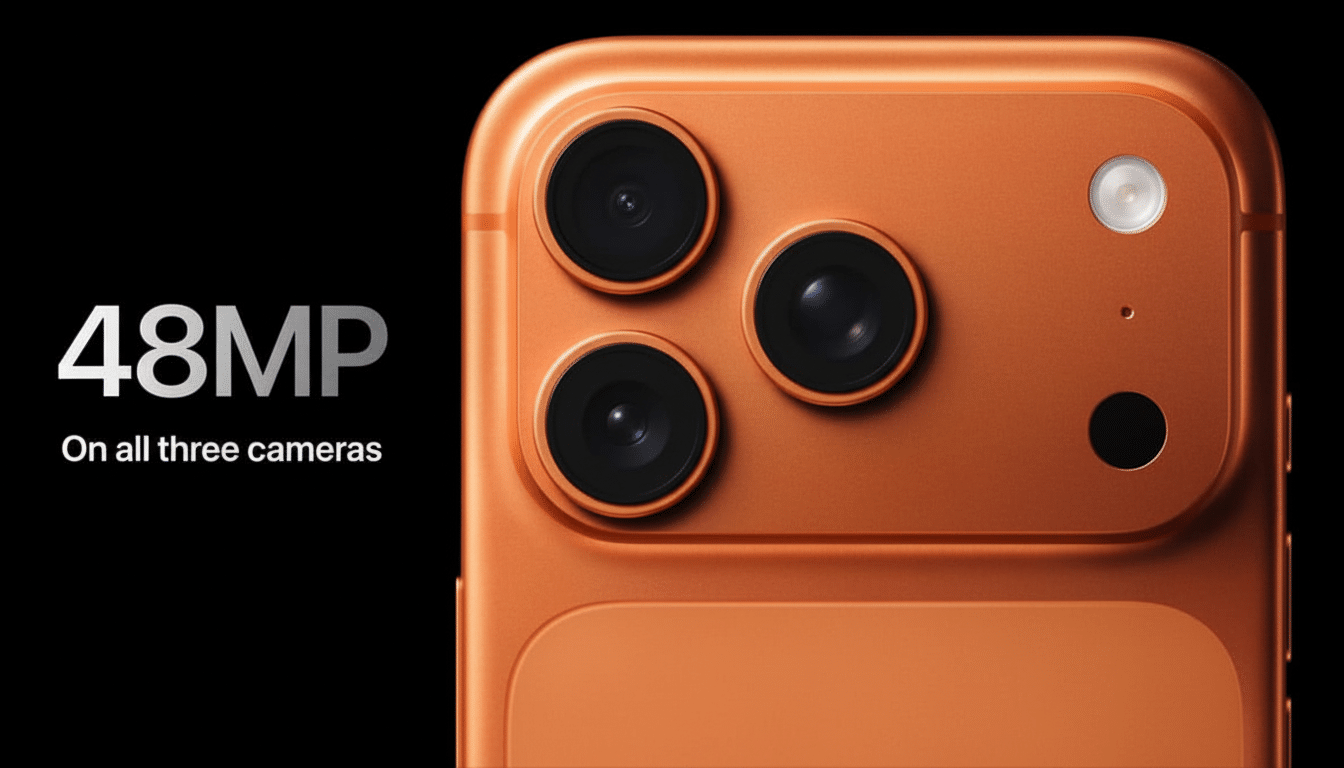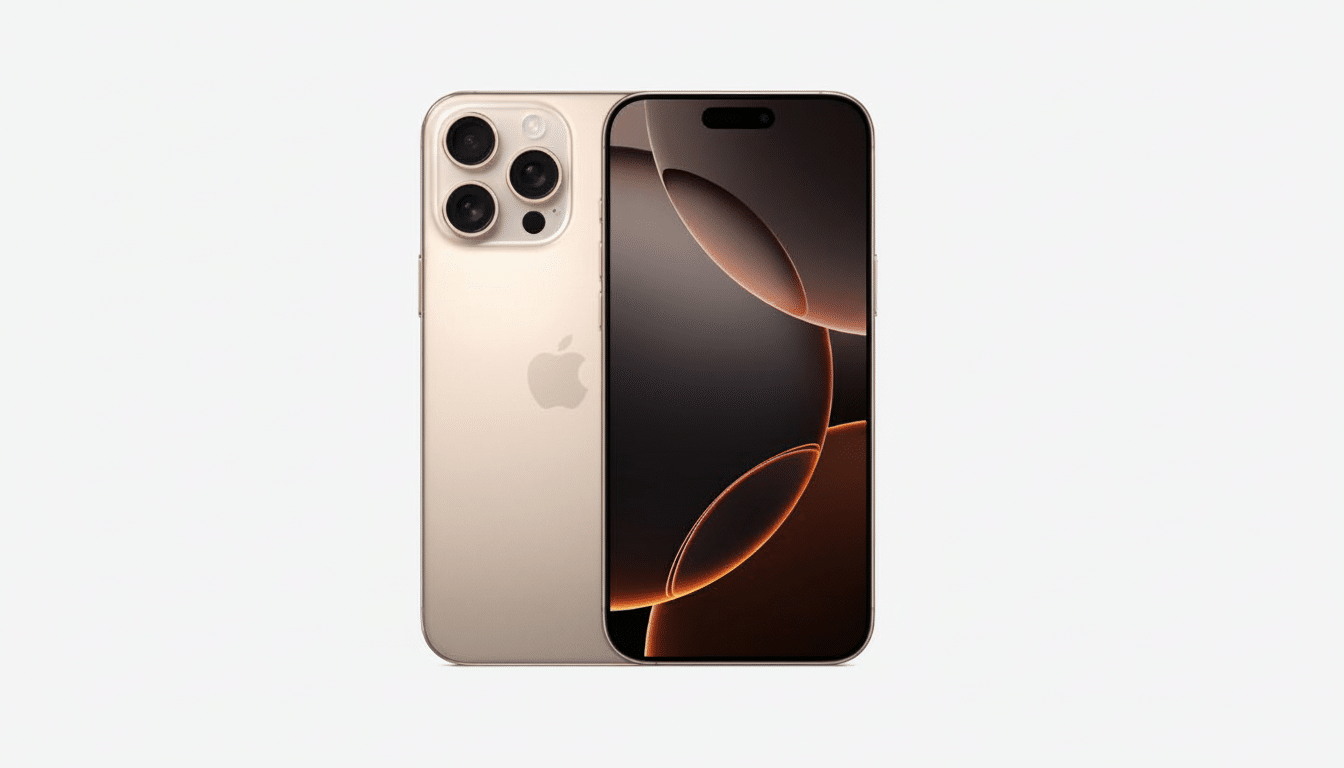I lived with the iPhone 17 Pro Max and Galaxy S25 Ultra side by side, swapping SIMs, shooting in difficult light, and pushing both through a week of intense work and travel. These are the two phones that everyone is going to be comparing this cycle, and the differences become clear quickly. The short version: both are excellent, but one is easier to recommend to most people.
Design and build quality differences between both phones
Apple’s redesign is something that gets people talking. The iPhone 17 Pro Max is slimmer and more ergonomic, as the physicality of such a huge device somehow works for it. Tactile controls feel crisp, and the fit and finish rival Apple’s classic attention to materials and tolerances.
- Design and build quality differences between both phones
- Display visibility, color accuracy, and audio quality
- Performance, software experience, and AI features
- Cameras, video capabilities, and creative workflows
- Battery life, thermal behavior, and charging speeds
- Accessories, ecosystems, and storage considerations
- Final verdict and buying advice for different users

Samsung stays the course. The S25 Ultra maintains the squared edges and tidy camera array that Note devotees appreciate while working with the built-in S Pen. It’s less rectangular and more slab-like, but the flat sides and matte finish make it easy to hold with confidence. And both feel durable; choose Apple for the hand-feel, Samsung if a workhorse is what you’re after.
Display visibility, color accuracy, and audio quality
Samsung’s panel forced me to pause and take a second look. Outdoor visibility is excellent, thanks in part to an anti-reflective and anti-smudge finish that cuts down on glare better than any phone I’ve tested this year. It feels like one of those revived brands that cudgel their name into the ground: “Featuring Bluetooth!” Indeed, past Samsung OLEDs have been rated among the best by organizations like DisplayMate, and it shows.
Apple’s new anti-reflective screen is a significant jump from the last generation, boasting higher contrast and less veiling glare. Indoors, both are excellent for HDR movies and web surfing. The S25 Ultra is easier to read in harsh sun and it collects fewer fingerprints; the iPhone has more consistent colors off-axis. Both deliver loud, clean stereo speakers, and the Samsung has a touch more punch for my ears.
Performance, software experience, and AI features
Speed is not the differentiator; experience is. The iPhone’s chipset is a combination of blistering single-core performance and lean thermal behavior, which begins to show after tens of minutes of 4K capture or prolonged gaming. iOS seems tight and predictable, and Apple’s on‑device features within Apple Intelligence offer sensible writing aids and notification triage without the pain of living with them long enough for AI to learn your habits and start throwing together that unexpected party you’re definitely going to wish wasn’t happening.
Samsung counters with breadth. One UI adds Galaxy AI tools that are actually useful for daily flow — a swipe-in sidebar for context actions, Instant Slow‑Mo on any video, and solid object removal within the gallery. The integrations are full, something that Apple’s new and growing suite of AI hasn’t quite achieved yet. For power users, Android’s customizability combined with Samsung DeX is still productivity gold.
Cameras, video capabilities, and creative workflows
When it comes to video, the iPhone is still the creator’s darling. ProRes and ProRes RAW support, 4K Dolby Vision on the main camera at up to 120 fps and fantastic stabilization all lead to footage that can drop right into pro workflows. Skin tones are accurate; motion cadence is natural; you’ve got the upgraded 18MP front camera with Center Stage and better stabilization so handheld vlogging can come naturally. DxOMark’s past testing has sometimes favored iPhone when it comes to video stability, and the pattern holds true in practice here.
Samsung gets points for versatility and editing freedom. Detail from the primary and tele modules is excellent, and the computational pipeline skews crisp and contrasty — perfect for landscapes and city scenes. Instant Slow‑Mo is a sleeper of a feature that I used all the time, and Samsung’s object eraser bested Apple’s Clean Up in my tests. For stills, the S25 Ultra’s tuning tilts toward punchiness; the iPhone leans natural. Choose Apple if you shoot video before anything else. If you snap a lot of photos and like whimsical editing, choose Samsung.

Battery life, thermal behavior, and charging speeds
Both phones are daylong machines if you’re a heavy user and two-day phones if you’re easy on your devices.
The Galaxy also charges more quickly (inferred at a higher wattage, but only with wired charging when you need to top off before leaving the house). The iPhone stays cooler while recording 4K video in long bursts and exporting large files, a key consideration for mobile creators.
Accessories, ecosystems, and storage considerations
If you have MagSafe gear and don’t already own an iPhone 17 Pro Max, it’s the path of least resistance. Apple’s ecosystem strengths haven’t disappeared: I have not once cursed AirDrop for transferring files too quickly, wondered where all my smartphone images went in Continuity Camera for laptops, and sweated it out with peripheral pairing. The iPhone also scales up to 2TB of storage, a premium tier for filmmakers and journalists who do a lot of shooting on‑device.
Samsung’s ecosystem banks on flexibility. The S25 Ultra maxes out at 1TB, but it works with the S Pen for quick markups, signatures, and timeline scrubbing. Additionally, Samsung pared back some old S Pen party tricks like the remote shutter and such (which I get is a loss for photographers), but it’s still good for boosting productivity in meetings and creatively sensible apps. DeX support and strong Windows integration mean the Ultra is a mobile workstation when you need it.
Final verdict and buying advice for different users
For the majority of us, the Samsung Galaxy S25 Ultra is the more capable all‑rounder. Its class‑leading display, faster charging, and integrated S Pen along with a more comprehensive set of day‑to‑day AI tools give it a practical edge. It’s the phone that I’d hand to a power user, road warrior, or anyone who appreciates flexibility.
The clear winner: the iPhone 17 Pro Max for creators and Apple fans. Its video pipeline, accessory interoperability, and top‑tier storage option make it the smarter purchase for filmmakers, content pros, and long‑time iOS users. Regardless, you’re getting a flagship with minimal concessions — the issue is aligning each aspect’s strengths to how you work.
Context, for the numbers‑minded: Third‑party research groups like Counterpoint and IDC have consistently reported that sales of premium phones drive revenue growth, and it’s devices like these that are to thank. One places bets on polish and pro media; the other on openness and utility. Choose the philosophy that best suits your life and you will never look back.

